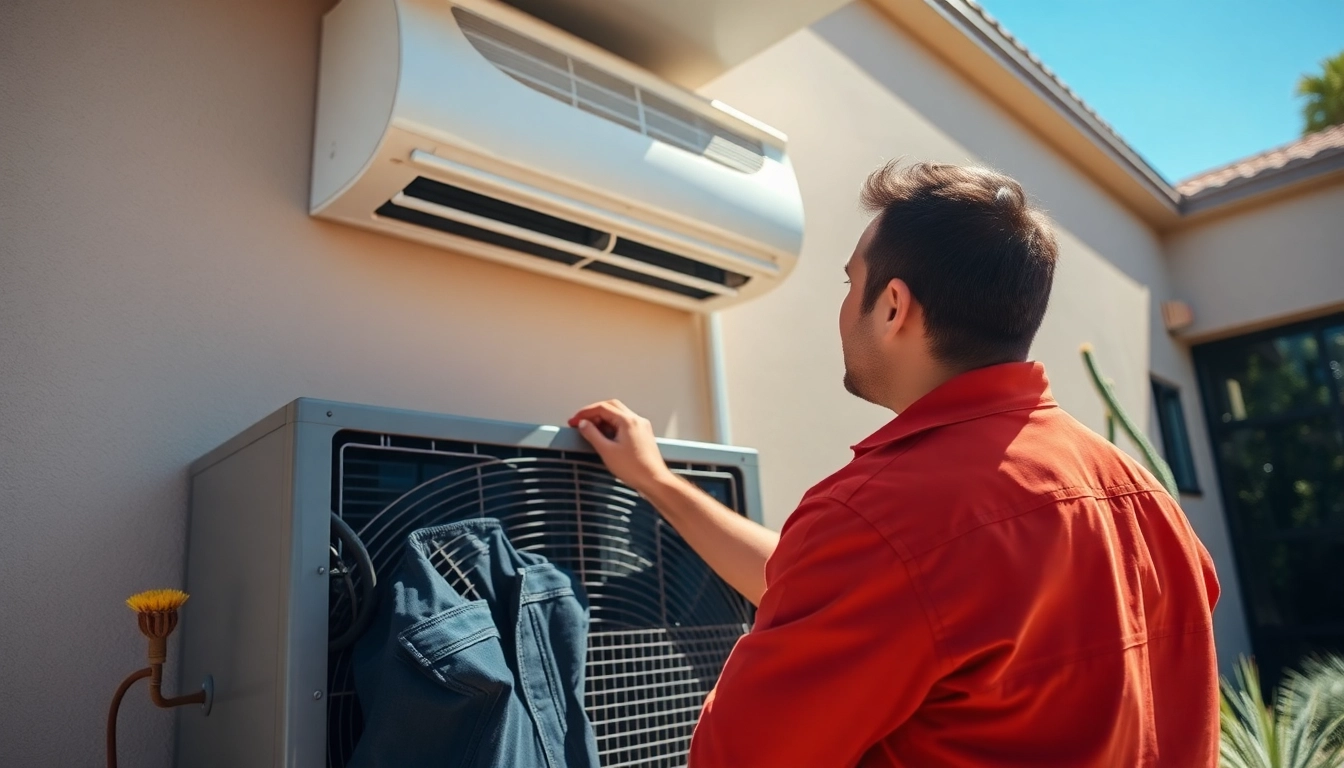Understanding Fixed Assets Verification
Definition and Importance of Fixed Assets Verification
Fixed Assets Verification refers to a systematic approach that validates the existence, condition, and location of a company’s fixed assets. These assets typically include property, plant, equipment, and any other long-term investments that are essential for an organization’s operations. The purpose of this verification is not merely to comply with regulatory requirements but to provide a clear overview of an organization’s asset base, allowing for better financial decision-making and strategic planning.
From a financial perspective, accurate verification of fixed assets ensures that financial statements reflect true and fair value, which is vital for stakeholders, including investors, regulators, and management. The verification process can highlight discrepancies that may indicate mismanagement, theft, or obsolescence, thus serving as a protective measure against potential financial loss. The Fixed Assets Verification is, therefore, a critical aspect of financial health that can help organizations maintain integrity and transparency.
Key Components of the Fixed Assets Verification Process
The Fixed Assets Verification process can be broken down into several key components:
- Inventory Management: Knowing what assets a company owns is crucial. This involves compiling a comprehensive list of all fixed assets, including acquisition dates, costs, locations, and status.
- Physical Inspection: This step includes physically checking each asset to confirm its existence and assess its condition. This may involve a visual inspection or using more advanced tools like barcodes or RFID tags.
- Data Reconciliation: After confirming the existence of assets, it is essential to ensure that the physical data matches the financial records. This step requires reviewing asset ledgers and updating any discrepancies found.
- Condition Assessment: Evaluating the state of each asset is crucial—determining whether they are operational, in need of repair, or obsolete can significantly affect financial reporting.
- Documentation: Keeping comprehensive records of the verification process, including inspection reports, photographs, and reconciliations, is vital for audit trails and future reference.
Common Challenges in Fixed Assets Verification
Despite its importance, the Fixed Assets Verification process presents several challenges:
- Inaccurate Records: Poorly maintained asset records can lead to significant discrepancies during verification, complicating reconciliation processes.
- Accessibility Issues: Some assets may be located in remote or less accessible locations, making physical inspection difficult.
- Resource Constraints: Limited staff or financial resources can hinder the thoroughness of the verification process, leading to incomplete or rushed inspections.
- Technological Barriers: Not having the right tools or software can impede effective tracking and verification of assets.
Preparing for Fixed Assets Verification
Creating an Inventory of Assets
The first step in preparing for the Fixed Assets Verification process is creating a detailed inventory of assets. This inventory should include all relevant details, such as the asset’s description, location, acquisition date, purchase cost, and current status. Utilizing asset management software can facilitate the process by providing templates and databases to streamline asset tracking.
Moreover, updating the inventory regularly to reflect new purchases and disposals is essential. This process not only aids in verification but also helps organizations manage their assets more effectively, ensuring that all necessary information is readily available when required.
Essential Tools and Technologies for Verification
In today’s digital age, a variety of tools and technologies can enhance the Fixed Assets Verification process. Technologies such as RFID tags, QR codes, and mobile asset management applications can vastly improve asset tracking and verification efficiency. For instance, RFID technology enables quick scans of multiple items in a short period, while mobile apps allow for real-time data entry and updates during physical inspections. These technologies enhance accuracy, reduce human error, and can provide instant access to data, thus streamlining both verification and reporting processes.
Training Staff for Effective Verification Procedures
Investing in staff training is crucial for successful Fixed Assets Verification. Employees must understand the verification process, the importance of accuracy, and how to utilize any tools or software in place. Regular training sessions and workshops can keep staff updated on best practices, new technologies, and the latest regulatory requirements, ensuring that verification is handled effectively and efficiently.
Roles should be clearly defined; for example, some staff members might focus on physical inspections, while others could handle data reconciliation and documentation. By establishing a structured workflow, organizations can ensure comprehensive coverage and accountability during the verification process.
Executing the Fixed Assets Verification Process
Step-by-Step Procedure for Verification
The Fixed Assets Verification process can be executed through a systematic approach:
- Plan the Verification: Set clear objectives, define the scope, and develop a timeline. Planning also involves deciding on the methods and technologies to be used.
- Compile the Asset List: Gather all asset information from your inventory, ensuring it is up-to-date and accurate.
- Commission Physical Inspections: Conduct physical checks of each asset against the compiled inventory. Record observations, noting any discrepancies or issues.
- Reconcile Data: Compare physical asset conditions and locations to recorded data. Note any mismatches for further investigation.
- Document Findings: Keep detailed records of inspections, including photographs and written descriptions of the condition of each asset.
- Compile a Report: Summarize the findings with a final report outlining discrepancies, asset conditions, and recommendations for asset management improvements.
Best Practices for Accurate Asset Documentation
Accurate documentation is essential for successful Fixed Assets Verification. Here are some best practices:
- Use Standardized Forms: Establishing standardized forms for asset data collection can ensure consistency and reduce errors.
- Regular Updates: Routine updates to asset records help prevent inaccuracies over time
- Backup Documentation: Maintain backups of digital records and keep physical records in a secure location to prevent loss.
- Audit Trails: Create a detailed audit trail that logs all changes to asset records, ensuring accountability.
Techniques for Ensuring Asset Location and Condition
To confirm asset location and condition effectively, consider the following techniques:
- Visual Inspection: A thorough physical inspection can provide immediate insight into the asset’s condition and whether it aligns with recorded data.
- Use of Technology: Incorporating tools like GPS and RFID tags can enhance tracking, making it easier to determine an asset’s location quickly.
- Regular Updates: Keeping up-to-date records after each inspection and condition assessment will help maintain accuracy.
- Testing Operations: For machinery and equipment, operational tests can validate their condition and usability.
Post-Verification Analysis
Interpreting Verification Results
Once the Fixed Assets Verification process is complete, analyzing the results is crucial. The interpretation of results should focus on identifying trends and patterns, such as the ratio of verified assets to unverified assets, as well as the condition of the verified assets. These insights are essential for making informed decisions regarding asset replacements, repair needs, or improvements in asset management practices.
Identifying Discrepancies and Addressing Issues
Identifying discrepancies between physical verification and recorded data is a common outcome of the verification process. Organizations should address these discrepancies promptly to mitigate risks associated with misreporting. This can include investigating the cause of discrepancies—be it data entry errors, loss, or theft—and implementing corrective measures such as training for staff on accurate asset entry procedures and establishing a robust system for tracking asset movements.
Enhancing Asset Management Practices
The insights gained from the Fixed Assets Verification process should be leveraged to enhance overall asset management practices. Consider implementing a more robust asset tracking system, integrating advanced technologies, or revising asset categorization practices based on findings. Regular reviews and modifications to asset policies and procedures will help ensure that asset management remains efficient and effective over time.
Case Studies and Real-World Examples
Success Stories in Fixed Assets Verification
Numerous organizations have successfully revamped their Fixed Assets Verification processes, leading to significant benefits. One compelling example includes a manufacturing firm that adopted RFID technology for tracking its machinery. By doing so, they significantly reduced discrepancies in their asset records and improved equipment maintenance schedules, leading to increased operational efficiency. This case underscores the importance of embracing technology in enhancing verification accuracy and efficiency.
Lessons Learned from Verification Failures
While success stories are inspiring, learning from failures can be equally beneficial. A well-known electronics retailer faced severe discrepancies during their verification process, resulting from outdated inventory practices and lack of staff training. This oversight led to significant financial losses and damage to their credibility. The lesson learned emphasized the need for regular training, updated systems, and thorough planning before embarking on any verification process.
Innovative Approaches to Asset Verification
Innovation in Fixed Assets Verification includes applying artificial intelligence and machine learning to streamline processes. Companies are exploring the use of drones for overhead inspections of large facilities, which can provide real-time data about assets on their premises. Embracing these innovative solutions can revolutionize the traditional verification process, making it more efficient and scalable while enhancing overall asset management performance.



